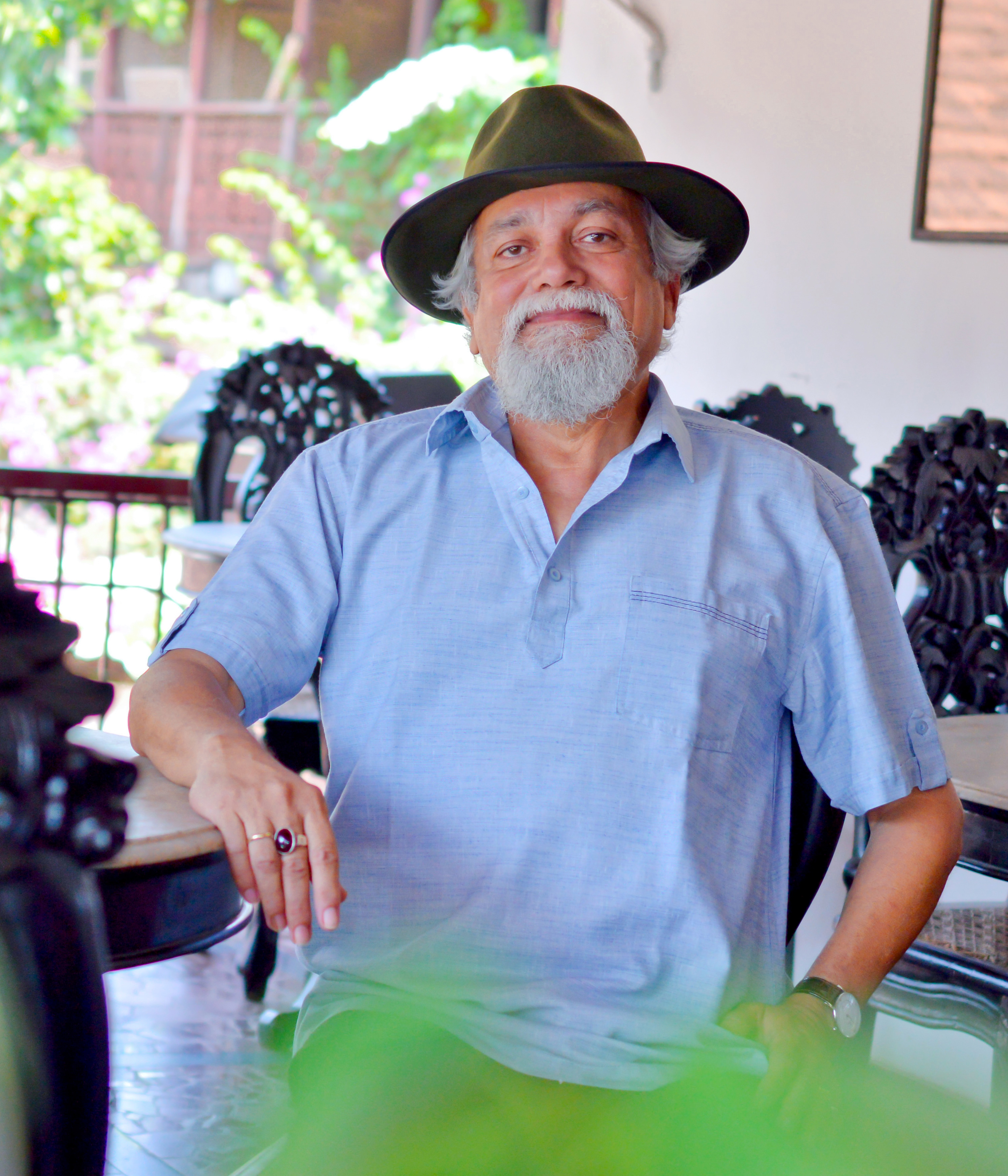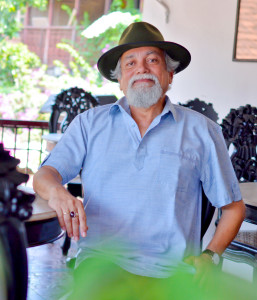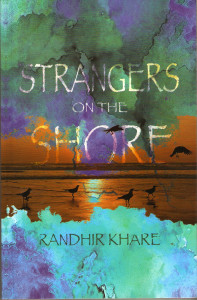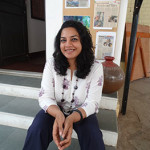

Renowned poet, writer and folklorist Randhir Khare’s latest novel, Strangers On The Shore, explores the struggles, triumphs and unexpected epiphanies in the lives of ordinary people. Characters move through its pages – each at their own pace, driven by their own needs, desires and sense of being. Old Arnie, son of a long dead possessive mother keeps the memory of her alive, fighting her, loving her, afraid of her. His half-sister Chrissie frets and fusses over her son Luke and the choices he makes or doesn’t make. Luke resists his mother’s tendency to control and leaves her in order to discover himself. Melissa’s life journey is shaped by the influence of a dominant, perverted grandfather. Sabby isn’t able to come to terms with his son’s preferences.
Their paths cross and re-cross, dramatically negotiating each other and the myriad lives that touch them, weaving an intensely emotional and psychological story about people who find themselves and lose themselves in an effort to discover who they really are.
The novel reveals the dark underbelly of so-called sacrosanct relationships and filial ties and draws the reader into exploring realities that are most often brushed under the carpet or scrupulously avoided in ‘polite’ society.
Randhir Khare deftly lays bare the average Indian’s obsession with life-long family ties and the tendency to blame parents for any failure that visits his or her life. His robust and compelling fictional narrative expressed through brilliantly created voices will touch a chord deep within those who pick up this book and read.
You use multiple voices to carry the narrative of the novel along. You did the same in your earlier novels Over the Edge and The Last Jungle On Earth. In fact you also explore that technique in many of your short stories. Can you comment?
Yes, that’s an effective way of getting into the minds and lives of my characters. When narratives have multiple voices to take them forward, the story becomes many layered, while remaining simple on the surface. When I began planning this novel, it was all about Melissa, one of the main characters. But then I felt it was becoming very one sided and limiting…so I entered the story from another character’s point of view…that led me on to another and another…the universe of the story expanded – in came Sarah, Yusuf, Chrissie, Xavier, Luke. Though I have used this technique before, I feel that I have perfected it further in this novel.
Your choice of settings seem to be varied…
But I have always brought my characters to the shore beside the Arabian Sea. That’s where their paths cross and the lives mingle and fuse and then get ripped apart again. The sea is an abiding presence. It forms a backdrop as well as represents life and death itself. They live precariously between land and sea. That makes their experiences so precious.
The novel has very interesting characters, where did you get your inspiration from when creating them?
From the world around me and my observation of other people. But not verbatim. Not exactly as I saw them. Each character is an amalgamation of at least two or three characters. That gives them depth.
All the characters in the novel have their own unique voice. The dialogue comes out as an important part of the novel…
I work hard on dialogue because I truly believe that the way a character speaks is as important as what the character says. I want my readers to get a strong feeling and understanding of the character through dialogue. That makes the character alive. Further, I also believe that well-crafted dialogue is also an effective way to take the story forward.
Can you tell us a little about the journey you went through when writing the novel?
Yes, it was a long journey. It started in Goa when I began observing the habits and antics of a particular tourist. She was the inspiration for Melissa. I wrote the entire storyline with her as the only main character, then abandoned the story…only to pick it up using another remembered old man I had once encountered on the beaches of Gorai, just outside Mumbai. And as the story rambled along his mother Monica stepped into the story. She was based on a friend’s mum. Then Sarah and the others. Just when I was about to give up I found the connection and the story flowed on through multiple voices. My editor was very confused by the complexity of the narrative and asked me a hundred and one questions…so I tweaked the manuscript so as to allow her in and the story was done. Of course I changed the end several times before I settled for the final one…
A lot of your stories are character driven, any particular reason why?
I feel character driven stories keep the narrative human and engaging. When a story is character driven it gets a strong force to drive the story. I prefer not to play the obvious storyteller but to set my story alight by allowing my characters to negotiate their way through the maze.
There is a presence of vintage and iconic music/songs in the novel, any particular reason?
Yes. They create certain emotional spaces which enrich the novel and offers the reader a way of looking at happenings and characters in different ways.
What position does the novel have among the other genres that you work in?
The novel occupies a very special space in my literary life. It offers me a larger canvas to work on and an all-consuming creative ethos that becomes for me an undemanding haven. The novel is the space where I can emulate the universe…as I fill it with my life and experience of being human.
You are a poet, writer, folklorist, director of an arts and literature centre, professor, mentor, father and a husband. How do you find time to write?
I don’t. I never have. I write on stolen time…through the night, early morning, on holidays. Stolen time is so precious. I cherish it.


Aryaa’s educational qualifications include Philosophy, Media Studies and Culture and evelopment Studies. Her experience includes writing for the media, films and herself.
